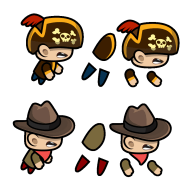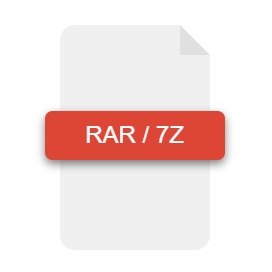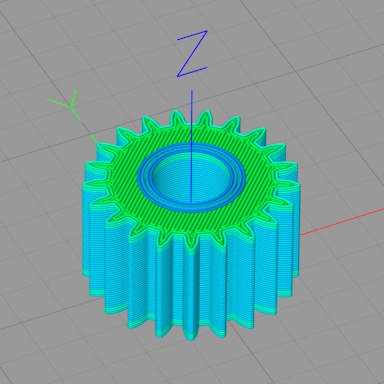| Extension | GCODE |
| Full Name | G-code |
| Type | 3D Model/Point Cloud |
| Mime Type | text/plain |
| Format | Text |
The GCODE file is a 3D file format used by 3D printing software as a way to store the instructions needed by a 3D printer to construct a 3D object. The format has been around for many years and is also used by CNC machines for building 3D objects.
A GCODE file is typically created by 3D printing slicer software. The slicer software will take a standard 3D model format, such as STL, and slice it up into layers, movements, and other instructions that the 3D printer can then use to build a 3D object.
GCODE Converter Capabilities
Our GCODE 3D Model/Mesh tool does not support any color material data contained within GCODE files, so the converted file will not contain any color information.
The STL, or Standard Triangle Language, file format has been around since the '80s and is supported by most modern 3D modeling applications. In particular, the STL format has become something of a standard format within the area of 3D printing, despite the rise of more modern formats such as 3MF.
STL files come in two flavors: binary or text format. The text format is human-readable, making it easy to perform manual edits, but can lead to very large file sizes. As you can imagine, the binary format is much more compact and represents the majority of the STL files you are likely to encounter.
The format itself is very simple; the 3D model is represented by a sequential list of triangles, with each triangle defined with 3 points consisting of their X, Y, and Z positions, along with an additional vector that contains the face normal (the direction the face is pointing). There is an additional attribute block for each triangle; however, this is largely unused and thus unsupported.
STL Converter Capabilities
Our 3D conversion tool does not support color or material information in STL files, so your file will not contain any color information.









